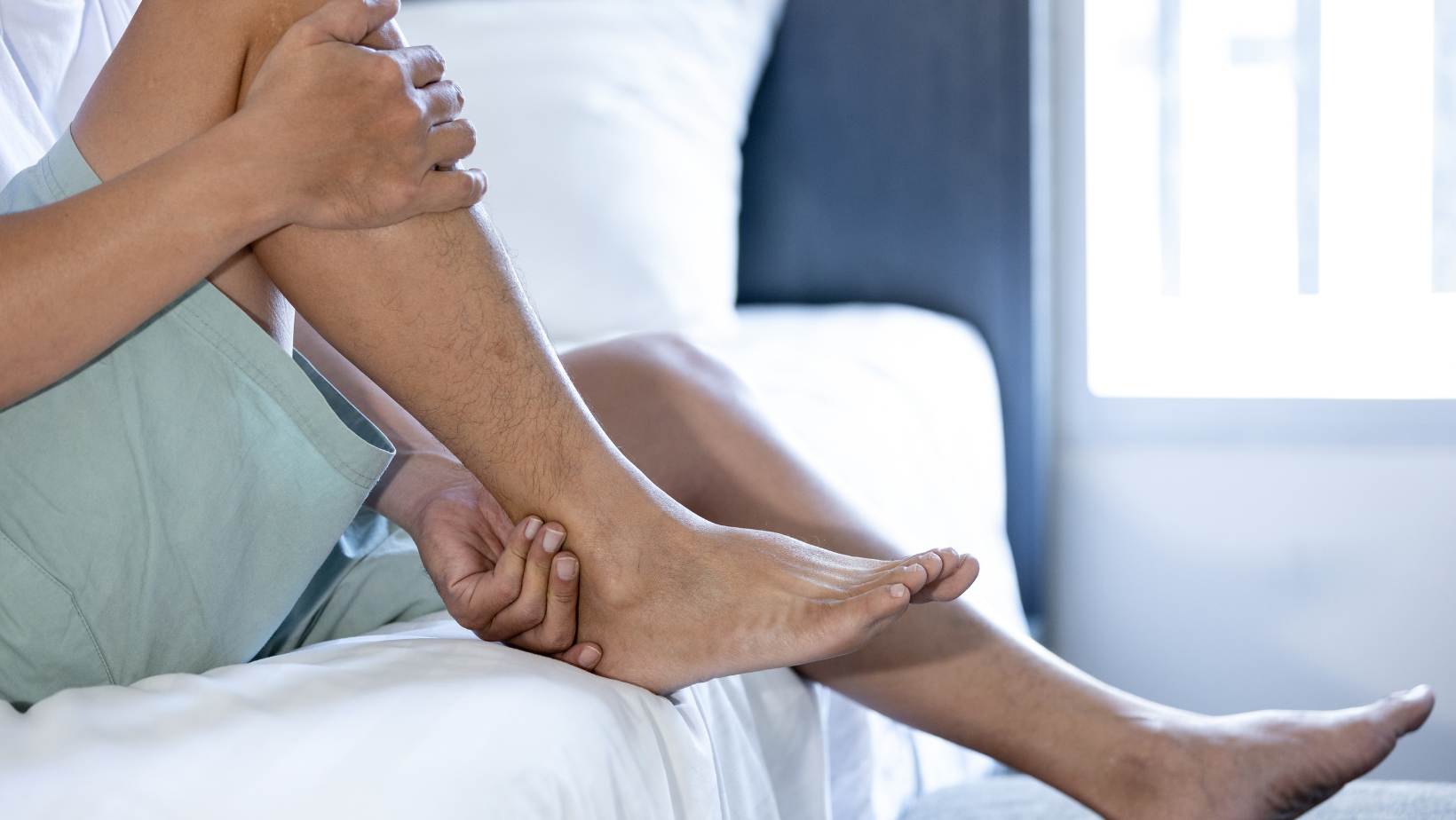Category
Restless Legs Syndrome (RLS) is a neurological disorder characterized by an irresistible urge to move the legs, often accompanied by uncomfortable sensations.

Have any questions?
If you have any questions, feel free to contact us at [email protected]. A member of our support team will help you shortly.
Share this blog
Fatigue
Energy
Stress
Sleep
Restless Legs Syndrome (RLS) is a neurological disorder characterized by an irresistible urge to move the legs, often accompanied by uncomfortable sensations. This condition can interfere with sleep, daily activities, and overall quality of life. Understanding the symptoms, exploring potential causes, and considering various treatment approaches are essential for individuals grappling with Restless Legs Syndrome.
The hallmark of RLS is an uncomfortable, sometimes painful sensation in the legs. Descriptions of these sensations include tingling, itching, crawling, or aching, often deep within the legs.
Individuals with RLS experience an uncontrollable urge to move their legs to relieve the discomfort. Movement, such as walking or stretching, provides temporary relief.
Symptoms typically worsen during rest or inactivity, especially when sitting or lying down. This can be particularly problematic during the evening and nighttime, impacting the ability to relax and fall asleep.
RLS is often associated with periodic limb movements during sleep (PLMS), which are repetitive leg movements that disrupt sleep patterns and contribute to daytime fatigue.
The exact cause of Restless Legs Syndrome is not fully understood, but several factors may contribute to its development:
There appears to be a genetic component to RLS, with a higher likelihood of occurrence in individuals with a family history of the condition.
Imbalances in neurotransmitters, such as dopamine, may play a role in RLS. Dopamine regulates muscle movement and may affect the sensations in the legs.
Low levels of iron or ferritin, a protein that stores iron, have been linked to RLS. Iron is essential for dopamine production, and its deficiency may contribute to developing symptoms.
Certain chronic conditions, including kidney failure, diabetes, and peripheral neuropathy, have been associated with an increased risk of RLS.
Some medications, such as certain antipsychotics, antihistamines, and antidepressants, may worsen or trigger Restless Legs Syndrome.
Simple lifestyle changes can often alleviate RLS symptoms. These may include adopting a regular sleep schedule, engaging in regular exercise (especially activities that promote flexibility and strength), and avoiding caffeine and nicotine, which can exacerbate symptoms.
If blood tests reveal low iron levels or iron deficiency anaemia, iron supplementation under the guidance of a healthcare professional may be recommended to improve symptoms.
Several medications are available to manage RLS symptoms. Dopaminergic drugs, such as pramipexole and ropinirole, are commonly prescribed to increase dopamine levels and alleviate symptoms. Other medications, including anti-seizure drugs and opioids, may be considered in some instances.
Relaxation techniques, such as massage and warm baths before bedtime, can help soothe the legs and reduce discomfort. Establishing a calming bedtime routine may also contribute to better sleep.
Wearing compression stockings can improve blood circulation and reduce symptoms, particularly for individuals with RLS associated with varicose veins or other circulatory issues.
CBT can be beneficial for managing RLS-related sleep disturbances. This therapeutic approach helps individuals develop coping strategies and improve sleep hygiene.
Devices that apply pressure or vibrations to the legs, such as pneumatic compression devices or vibrating pads, may provide relief for some individuals.
Restless Legs Syndrome can significantly impact the affected individual's daily life and sleep quality. Recognizing the symptoms, exploring potential causes, and implementing appropriate treatment approaches are essential for managing RLS effectively. A comprehensive strategy that may include lifestyle modifications, medication management, and alternative therapies can help individuals with RLS lead more comfortable and restful lives. Consulting with a healthcare professional is crucial for an accurate diagnosis and developing a personalized treatment plan tailored to the unique needs of each individual with Restless Legs Syndrome.